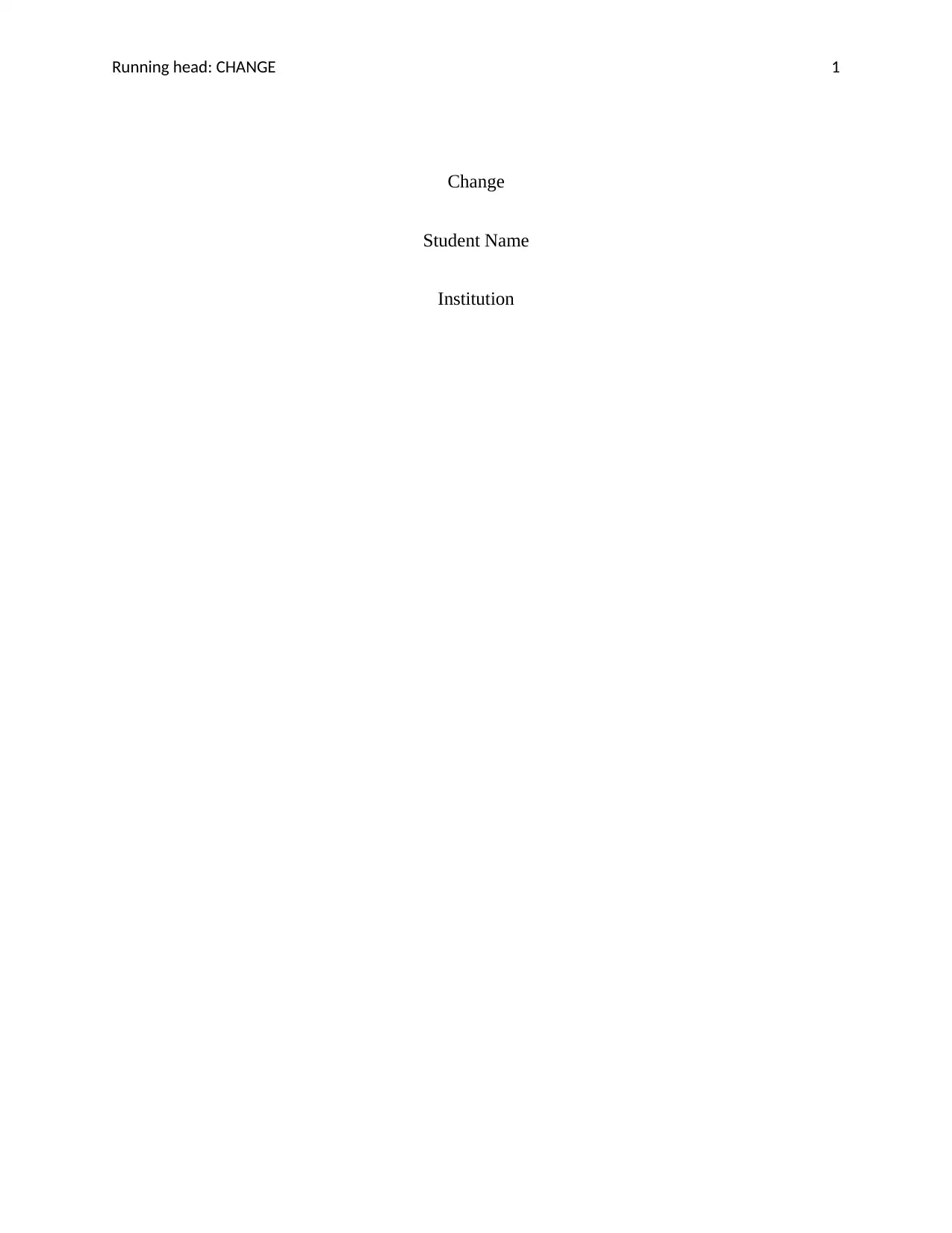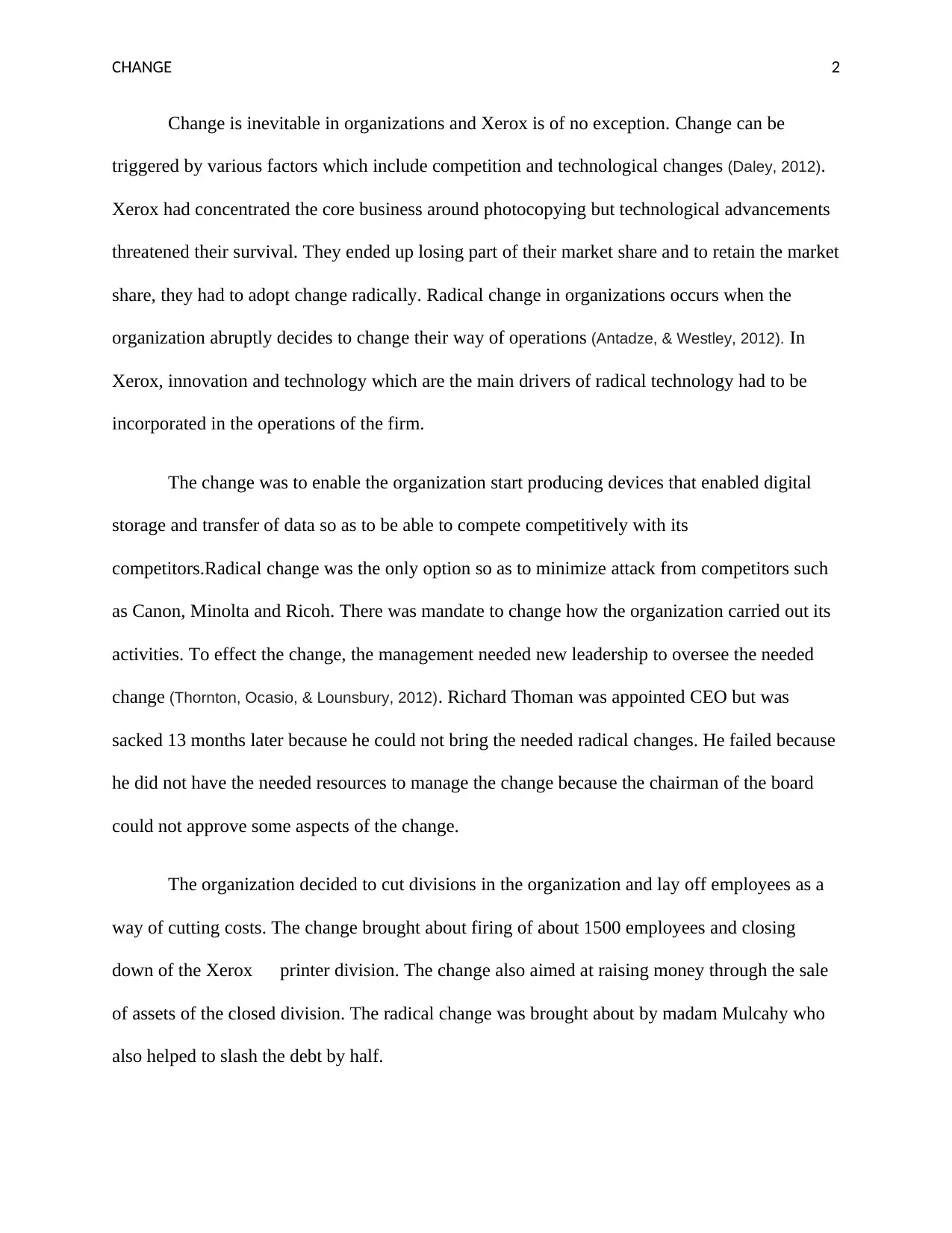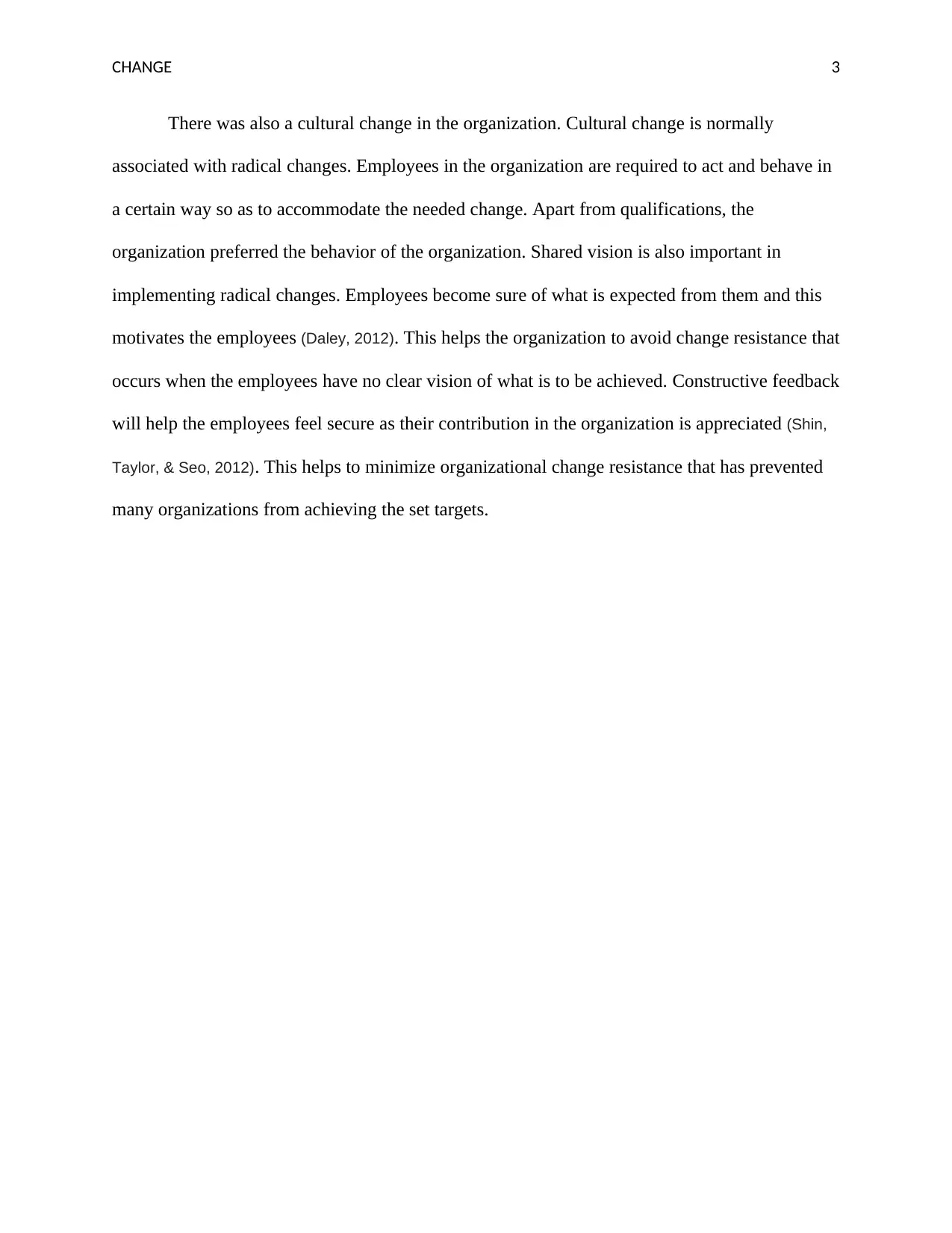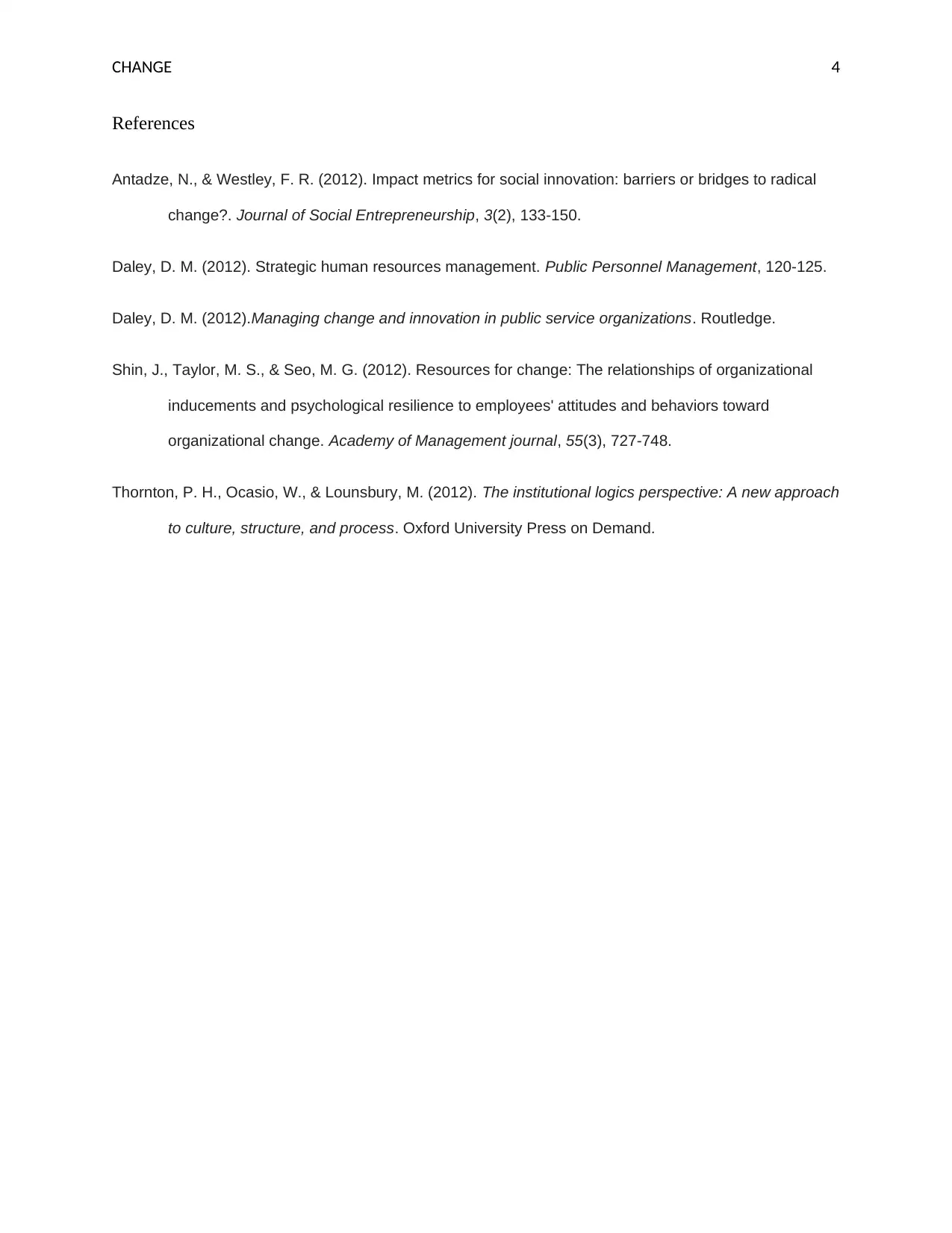Xerox's Transformation: A Case Study on Radical Change and Leadership
VerifiedAdded on 2021/05/31
|4
|663
|116
Report
AI Summary
This report provides a case study analysis of Xerox's organizational transformation, focusing on the challenges and strategies associated with radical change. The analysis highlights the impact of technological advancements and market competition on Xerox's business model, leading to the need for significant changes. The report examines the role of leadership, including the appointment and subsequent dismissal of Richard Thoman, and the influence of individuals like Madam Mulcahy in driving change. It discusses the importance of cultural shifts, employee behavior, and a shared vision in successfully implementing radical changes. Furthermore, the report emphasizes the significance of constructive feedback in mitigating resistance to change within the organization. References to relevant literature are included to support the analysis of the Xerox case study.
1 out of 4







![[object Object]](/_next/static/media/star-bottom.7253800d.svg)